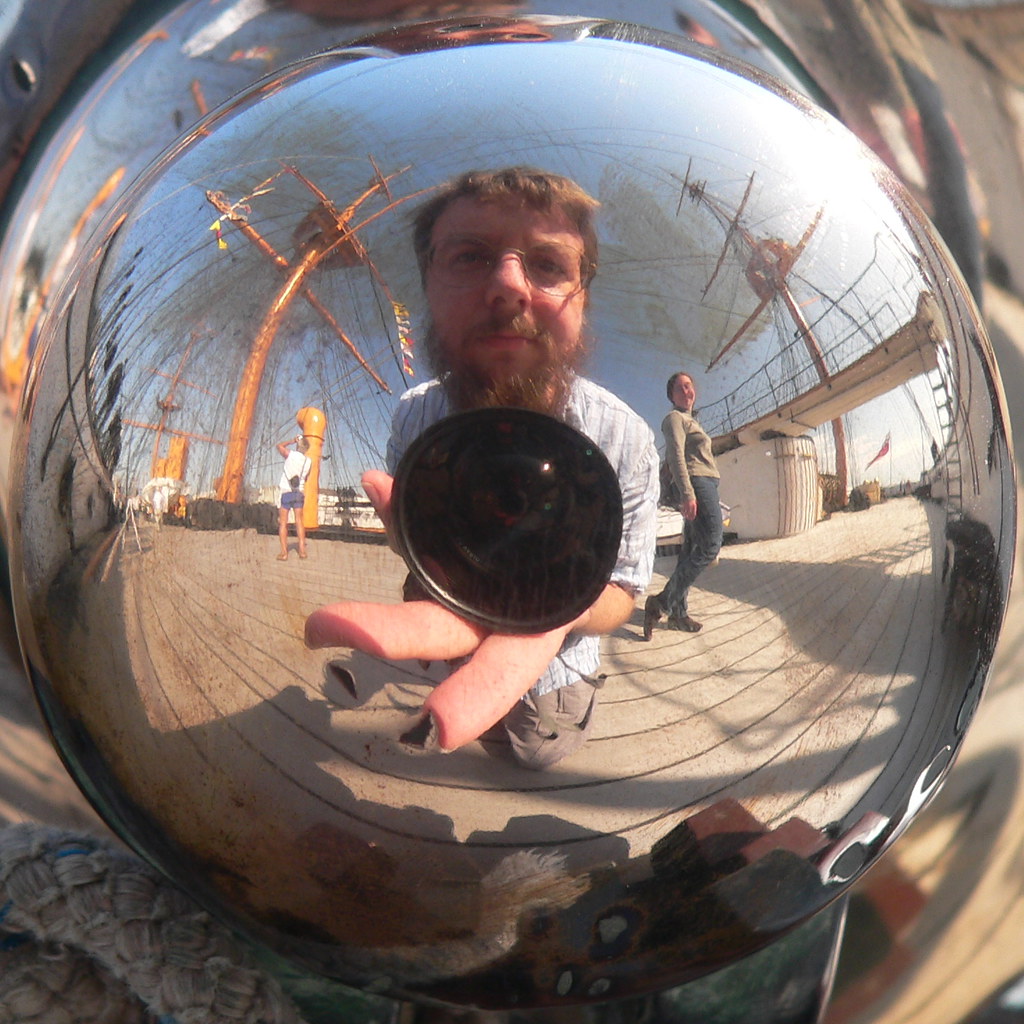While originally searching for something that I have now forgotten about, one thing led to another, and I just found out about a punctuation mark, the percontation point, that I had no idea existed. It was certainly never taught to me in school and in general you do not see it in literature, but it could be quite useful. What is it? Well, today we use the same question mark at the ends of both interrogating questions, those that request an answer, and rhetorical questions, which do not require an answer. For a while there was an alternative, reverse question mark used for rhetorical questions. So I could have written the first part of this post, in a less Bulwer-Lyttonian form, as
"I just found out about a punctuation mark, the percontation point. What is it⸮"
This original use was broadened to also denote irony or sarcasm, basically any sentence that has a layered meaning such as:
As clear as mud⸮
Time flies like an arrow; fruit flies like a banana⸮
Eschew obfuscation⸮
This path led me to find the interrobang; can you believe that‽ The interrobang indicates a question with excitement. If we wanted to complicate things further how about a reverse interrobang to discriminate between rhetorical questions with surprise and interrogative questions with surprise. The closest I can find is an inverted interrobang for Hispanic punctuation, so perhaps:
He did what‽
and
Can you believe that⸘
could be adopted.
Finally, we use an air quote gesture in visual English to indicate so-called status and regular quotes, called scare quotes, in written English to indicate non-acceptance of quoted usage. However, this is ambiguous with actual quoting. He said, "his car was the "fastest" one in town." Guillemets, « and », might be used to discriminate. They are not used in English but several languages use gulliemets as quotation marks. We could adopt them in English as scare quotes. Such as:
He said, "we should get advice from a « normal » person."
or
She's the « best » ship in the navy.
and
Let me read the « realistic » alternative plan.
They even look like the two fingers of an air quote.
Subscribe to:
Post Comments (Atom)

1 comment:
An interrobang is an exclamation followed by a question mark, the reverse one is the opposite. Often used in chess shorthand to express a good surprise move (exclamation point first) or a questionable surprise move (question mark first).
The combined exclamation and question mark is called a glyph and can be produced in some word processors with the ALT+8253 combination (hold down the ALT key and make sure you use the numeric keypad)
All marks can be used to express the term "bizarre" in a document where you don't want to possibly offend the other party with a derogatory term.
Post a Comment